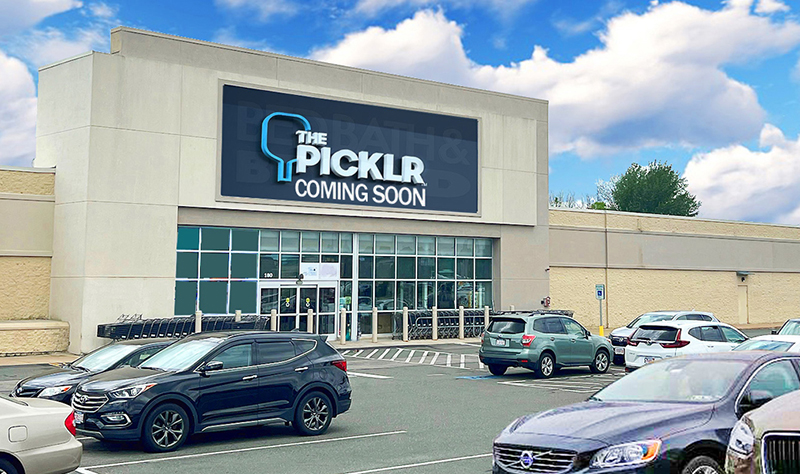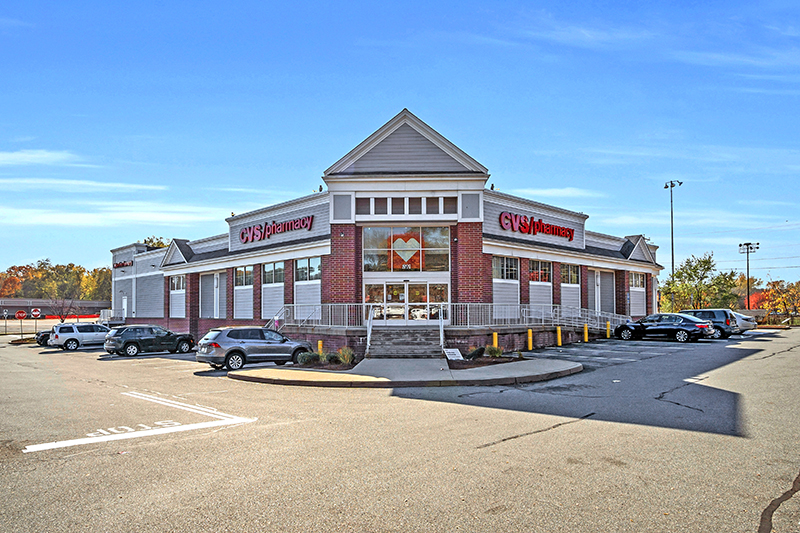News: Retail
Posted: August 27, 2015
Community strategies: Reinventing the retail mix will increase demand
Real estate is more attractive in communities that have high levels of consumer activity and retail making a "buzz". If your community is a little on the sleepy side, how can you inject a shot of energy into the picture? Reinventing the community's retail mix will generate excitement and increase demand.
Knowing the retail trade area, or where consumers are coming from, are part of the assets of the location. In New England, trade areas will always include consumers from multiple political boundaries. The trade area for Rochester, N.H. includes parts of Maine as well as Strafford, Belknap and Carrol Counties in New Hampshire. The trade area is larger because consumers are able and willing to drive a little further in more suburban areas. Trade areas are most often defined by drive times, resulting in creatively shaped areas based on minutes of travel. A fast-casual lunch spot will want to know the major employers in a 10 minute drive of their location, while a drug store will need a count of rooftops in a five minute drive. Each prospect will have their trade area requirements, and they go beyond car counts or "windshields" to choose the right location.
Rooftops alone don't guarantee retail success, but a "leakage report" will inform you what is missing in the marketplace. Leakage is exactly what it sounds like - sales revenue that "leaks" out of a trade area and get spent elsewhere, including on the internet. A leakage report will also show retail surpluses which are where the market is particularly strong. In Rochester, NH the market has a surplus in new and used car retailers because the city is a destination for auto sales within the region. The same trade area shows a deficit in women's fashion retail sales because of a lack of appealing options. Leakage reports are available from a number of sources, are reasonably inexpensive and can give owners and brokers the data about what type of retailers might do well in their location.
Other types of business intelligence can assist in attracting new retail or being a catalyst for change in existing retailers. A competitive analysis of the location can be done utilizing the national site selector standards, which will generally follow most national retailer location criteria as well. The International Economic Development Council (IEDC) has developed a set of site selection data standards which takes into account industrial, commercial or retailers most common requirements. This has been compiled into a set of 25 spreadsheets with more than 1,200 data elements. Starting with basic demographics, brokers and owners can choose pages a la carte for the criteria that matter most. Some of the spreadsheets take time to complete but the data is readily available. Another suggestion is to contact the area economic development office to see if they have already completed some or all of the Site Selection Standards for your location. More info is available at: http://www.iedconline.org/web-pages/resources-publications/site-selection-data-standards/
Even more complex, but appropriate for planning large shopping or commercial district, is a retail analysis that includes "psychographic" profiles. Steps beyond demographics, psychographics analyze consumer habits to match specific retailers to a trade area, giving you a target list to attract in your shopping center. Experian is one of the firms that provides this type of profiling for the retail sector, but also for other uses, such as determining hot button issues during political campaigns. The following is an excerpt from the description of "thriving boomers" that would accompany a retailer target list:
Half of thriving boomers may be grandparents, but they've hardly retired to a rocking chair. They exercise regularly, enjoying biking, hiking, hunting, snorkeling and golf. These educated Americans frequent the theater, museums and classical music concerts, and many like nightlife activities like going to bars, nightclubs and comedy clubs. They dine out often at steakhouses and chains and have a soft spot for restaurants like Bob Evans and Cracker Barrel that offer home-style fare. They travel often, visiting Caribbean beaches, taking Mediterranean cruises and driving RVs to parks and tourist sites across America. To relax at home, they like to garden, read books, cook and do woodworking. (Experian)
It takes more than traffic counts to reinvent the retail picture in a community. Plenty of resources are available from local professionals and reasonably priced Internet sources. Using this data to support location marketing is a smart way to discover opportunities you may not be aware of and increase your lead generation and closure rates.
Karen Pollard, CEcD, is the economic development manager for Rochester, N.H.
Tags:
Retail
MORE FROM Retail
Mace of KeyPoint Partners negotiates 36,192 s/f lease for The Picklr at Endicott Square
Danvers, MA KeyPoint Partners (KPP) negotiated a lease with the nation’s premier indoor pickleball venue The Picklr at Endicott Sq. Vice president of retail brokerage Don Mace negotiated the transaction on behalf of the landlord.

Quick Hits




.jpg)


.png)